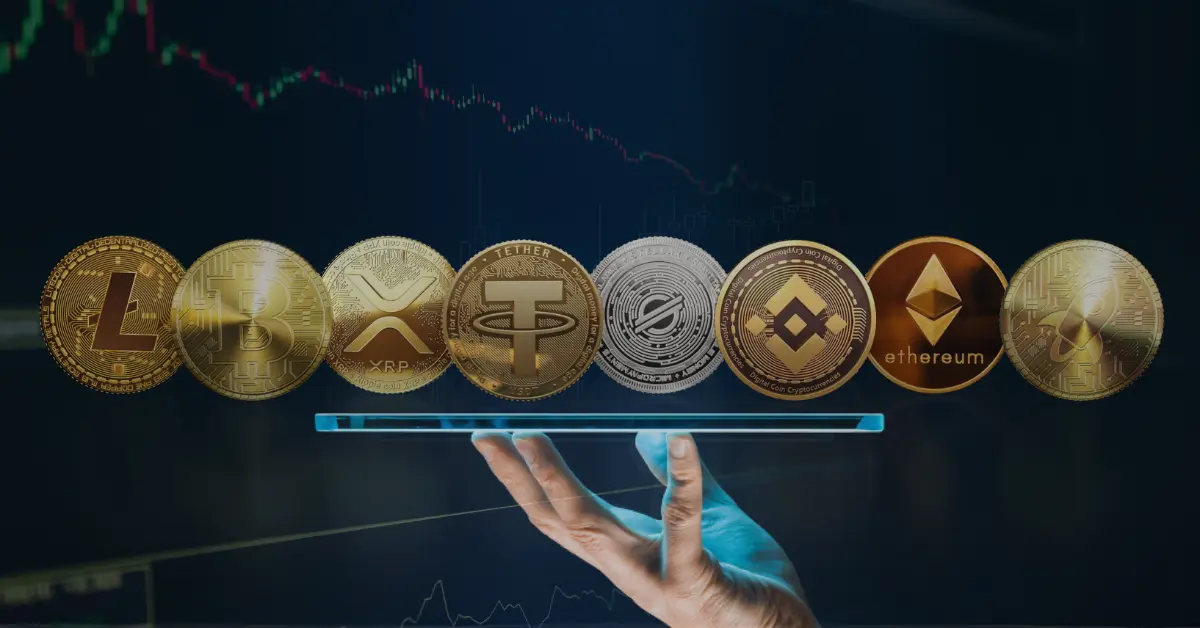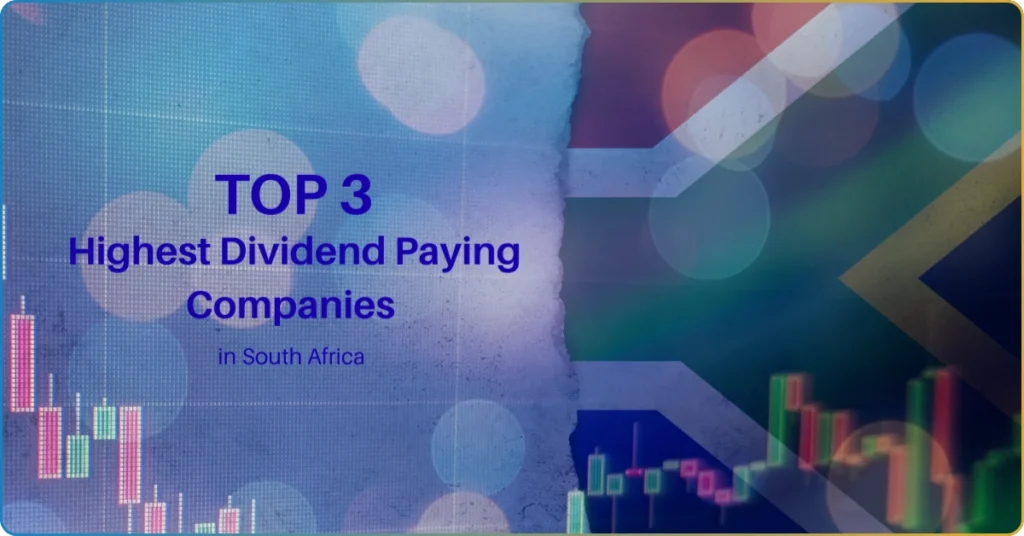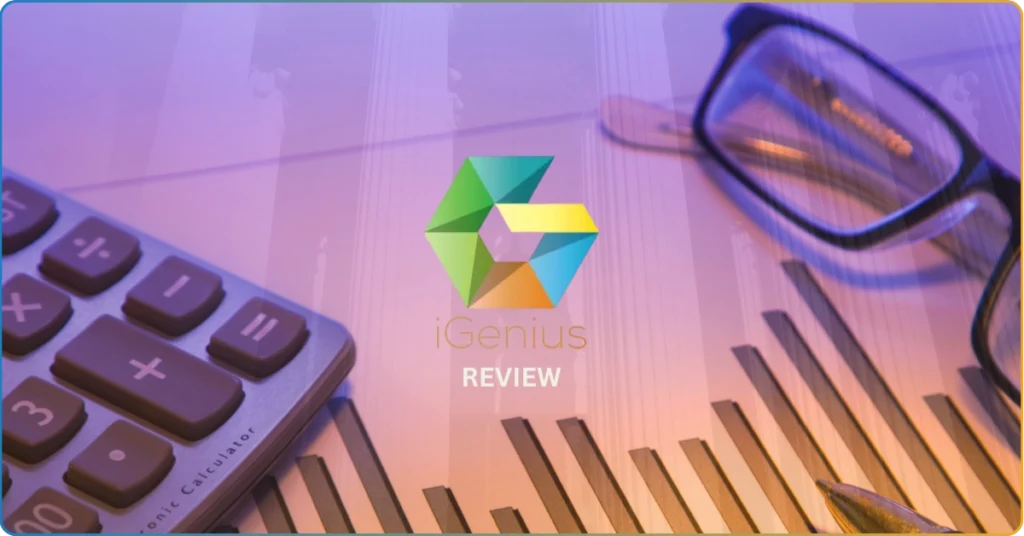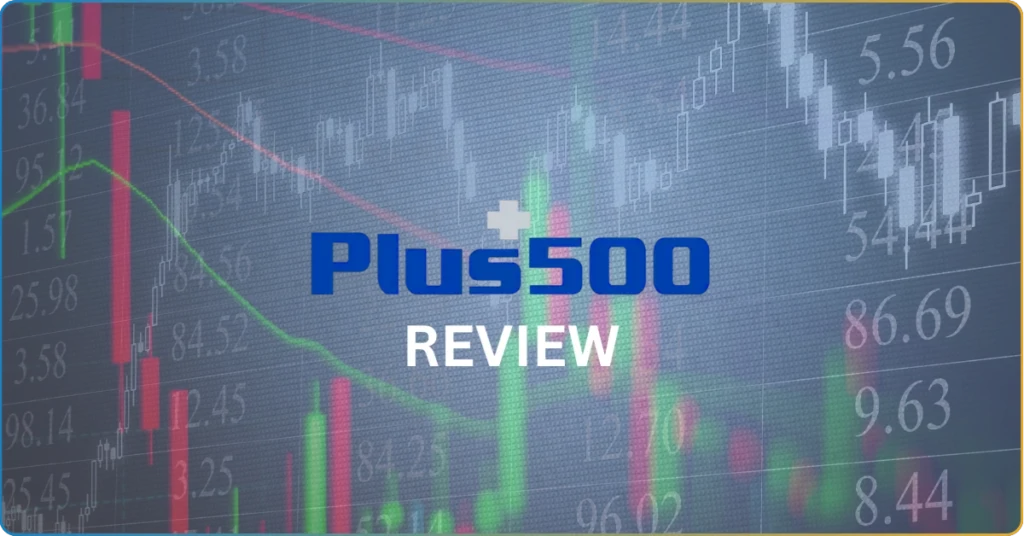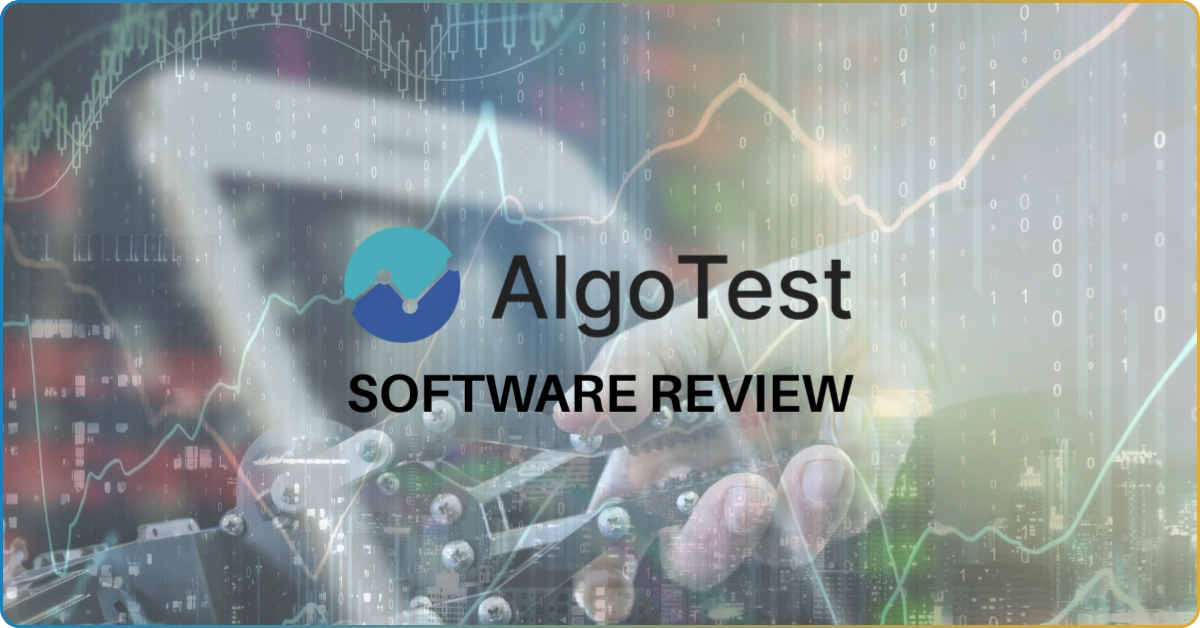Cryptocurrency is the new take on the financial markets – leveraging advanced blockchain technology and consensus mechanisms to provide investors with a new way to profit from the market.
However, with over 10,000 cryptocurrencies in circulation as of 2025, choosing the best one requires careful analysis.
This TRU Insight provides data-backed insights to help you make informed investment decisions, specifically when choosing the best crypto.
Understanding Cryptocurrencies vs. Other Assets
Cryptocurrency is relatively new in the market. However, we can’t deny its powerful influence in the financial ecosystem. Let us look deeper into crypto as an asset class and compare it side-by-side with fiat currencies, tokens, stock, and gold.
Crypto vs. Fiat Currencies
Fiat currencies come into our mind when we think of money – one that’s issued by the government and backed by central banks.
Unlike fiat currencies, cryptocurrencies operate on decentralized blockchain networks with limited supply mechanisms. Its peer-to-peer system allows users access to swift, uncontrolled cross-border transactions.
More importantly, cryptocurrency is not subjected to inflationary risk by ensuring scarcity within the digital coin’s ecosystem.
One notable example is Bitcoin, which has a fixed max supply of 21 million coins, making it inherently deflationary.
Crypto vs. Tokens
Cryptocurrencies are digital assets that function as native assets on their blockchains (Bitcoin on the Bitcoin blockchain and Ether on the Ethereum blockchain).
These cryptocurrencies primarily serve as a medium of exchange (buy and sell), store of value, or unit of account within the respective system’s network.
On the other hand, Tokens are digital assets created on already existing blockchains. They don’t have their blockchain but rely on platforms like Ethereum or Solana to facilitate decentralized financial transactions.
Related: Closer Look to Decentralized Finance (DeFi): How It Works and Its Importance : How to Choose the Best Crypto to Invest In? A Data-Driven GuideThese are more flexible than cryptocurrencies due to their wide use cases, including asset representation, service access, and decentralized applications (dApps) facilitation. Notable examples include a stablecoin USDT and a decentralized oracle network token Chainlink.
Additionally, tokens can exist as non-fungible tokens (NFTs). Unlike cryptocurrencies and fungible tokens, NFTs are unique and cannot be exchanged on a one-to-one basis. They are often used to represent ownership of digital or physical assets, such as art, collectibles, or real estate.
The Impact of Crypto on the Economy (and Vice-Versa)
Cryptocurrencies and the economy are in a continuous state of interaction, influencing and shaping each other. This evolving relationship holds the potential for significant changes in how we conduct financial transactions and manage economic policies.
Adoption Trends
Crypto adoption is growing rapidly. Over 420 million people worldwide own cryptocurrencies, with countries like Nigeria, India, and Vietnam leading in adoption rates.
Institutional investors, including Tesla, MicroStrategy, and BlackRock, now hold significant Bitcoin reserves.
Regulatory Influence
Governments have taken varied approaches to crypto. The U.S. SEC has classified some cryptocurrencies as securities, while El Salvador adopted Bitcoin as legal tender in 2021.
Stricter regulations can drive market downturns, while pro-crypto policies can boost investor confidence.
Read more: Cryptocurrency Disrupted Finance, Here’s What You Should Do? : How to Choose the Best Crypto to Invest In? A Data-Driven GuideInflation Hedge or Speculative Asset?
While cryptocurrencies have characteristics that could make them a hedge against inflation, their high volatility and speculative nature currently dominate their market behavior.
You should carefully consider these factors and your risk tolerance when deciding how to incorporate cryptocurrencies into your portfolios.
Bitcoin is often called “digital gold” due to its fixed supply, but its correlation with the stock market raises questions about its effectiveness as an inflation hedge.
In 2022, Bitcoin lost over 60% of its value, while gold remained relatively stable.
How to Spot the Best Crypto Through Fundamentals
Whitepaper & Roadmap
A well-defined whitepaper is a strong indicator of a project’s vision and credibility. It outlines the problem the cryptocurrency aims to solve, its technical architecture, and how it differentiates from competitors.
Ethereum’s 2013 whitepaper introduced the concept of smart contracts, which has since evolved into a multi-billion-dollar industry powering DeFi, NFTs, and enterprise blockchain applications.
Reviewing a project’s roadmap is also crucial—does it consistently meet development milestones, or has it deviated significantly from its original plan?
Development Activity
One way to gauge the health of a cryptocurrency project is by examining its development activity.
Open-source platforms like GitHub provide insights into code updates, developer contributions, and community involvement.
Bitcoin, for example, sees over 1,000 monthly commits, reflecting continuous improvements and security updates.
In contrast, projects with little to no developer activity may signal abandonment or stagnation, increasing investment risk.
Team & Partnerships
A strong development team and strategic partnerships can significantly impact a cryptocurrency’s success.
Established projects often have transparent leadership, with founders and key developers actively engaged in the community.
Additionally, partnerships with tech giants and financial institutions can enhance credibility—Chainlink’s collaboration with Google and Polygon’s integration with Meta are prime examples of real-world blockchain adoption.
Market Capitalization
Market capitalization (market cap) is a key indicator of a cryptocurrency’s size and relative stability.
Coins in the top 10 by market cap generally offer greater liquidity and investor confidence.
A low market cap coin might offer higher potential gains but also comes with increased volatility and risk.
Launch Year & Performance
Historical performance can provide insight into a cryptocurrency’s resilience.
For instance, Binance Coin (BNB) launched in 2017 at $0.15 and surged to over $600 by 2021, demonstrating strong adoption and utility within the Binance ecosystem.
By contrast, many altcoins have faded into obscurity after initial hype.
Trading Volume & Liquidity
High daily trading volume suggests strong market interest and liquidity, making it easier to buy or sell without drastic price fluctuations.
Low-volume coins, however, can be more susceptible to market manipulation by large holders (whales), posing additional risk to you – a retail trader.
Is It a Sustainable and Secure Crypto?
Check the Scarcity & Supply
Bitcoin’s fixed supply of 21 million coins makes it deflationary, meaning scarcity increases as more coins are mined. This limited supply model is a major reason why Bitcoin is often compared to gold.
Unlike Bitcoin, Ethereum has no fixed supply cap but introduced a burn mechanism through EIP-1559, reducing overall inflation by burning a portion of transaction fees.
Dogecoin, in contrast, has an unlimited supply, inflating by 5 billion coins annually. This inflationary model can hinder long-term value appreciation compared to deflationary assets like Bitcoin.
Proof of Work (PoW)
PoW is the original blockchain consensus mechanism used by Bitcoin. While highly secure, it consumes significant energy—127 TWh annually, comparable to Argentina’s total electricity consumption.
Proof of Stake (PoS)
PoS, used by Ethereum 2.0, eliminates the need for energy-intensive mining by allowing holders to stake their coins to validate transactions.
This model is 99% more energy-efficient than PoW while maintaining network security.
Proof of History (PoH)
Solana employs PoH, a variation designed for high-speed processing, capable of handling up to 65,000 transactions per second (TPS) compared to Bitcoin’s 7 TPS.
Corporate & Institutional Adoption
Institutional interest signals mainstream acceptance.
Tesla and MicroStrategy hold Bitcoin reserves, while Visa and Mastercard are integrating blockchain solutions for payments. Solana and Polygon have also secured partnerships with Nike and Reddit, showing increasing real-world applications.
Social Media Presence
A project’s social media activity can indicate its relevance and community engagement. Strong discussions on Twitter, Discord, and Reddit suggest an active user base, while declining interaction may hint at waning interest.
Risk Management & Portfolio Strategy
Effective risk management and portfolio strategy are essential for protecting and growing your investment. By identifying and mitigating risks and strategically allocating assets, you can optimize your portfolios to achieve your financial goals.
Avoid Hype & FOMO
Hype-driven projects can lead to disastrous losses. Terra (LUNA) was widely adopted before collapsing, wiping out billions in investor funds. Always analyze fundamentals over trends.
Diversification
A balanced portfolio includes stablecoins like USDT/USDC, blue-chip cryptos like BTC/ETH, and selective high-risk altcoins. This strategy helps mitigate risk while maximizing growth opportunities.
Only Invest What You Can Afford to Lose
The crypto market remains highly volatile. Avoid overexposure and ensure your investments align with your risk tolerance.
Conclusion
Selecting the best cryptocurrency requires careful research, an understanding of market trends, and risk management.
By evaluating a coin’s fundamentals, sustainability, and adoption rate, you can make informed investment decisions. Whether aiming for long-term growth or short-term profits, staying data-driven is key to navigating the crypto market successfully.

